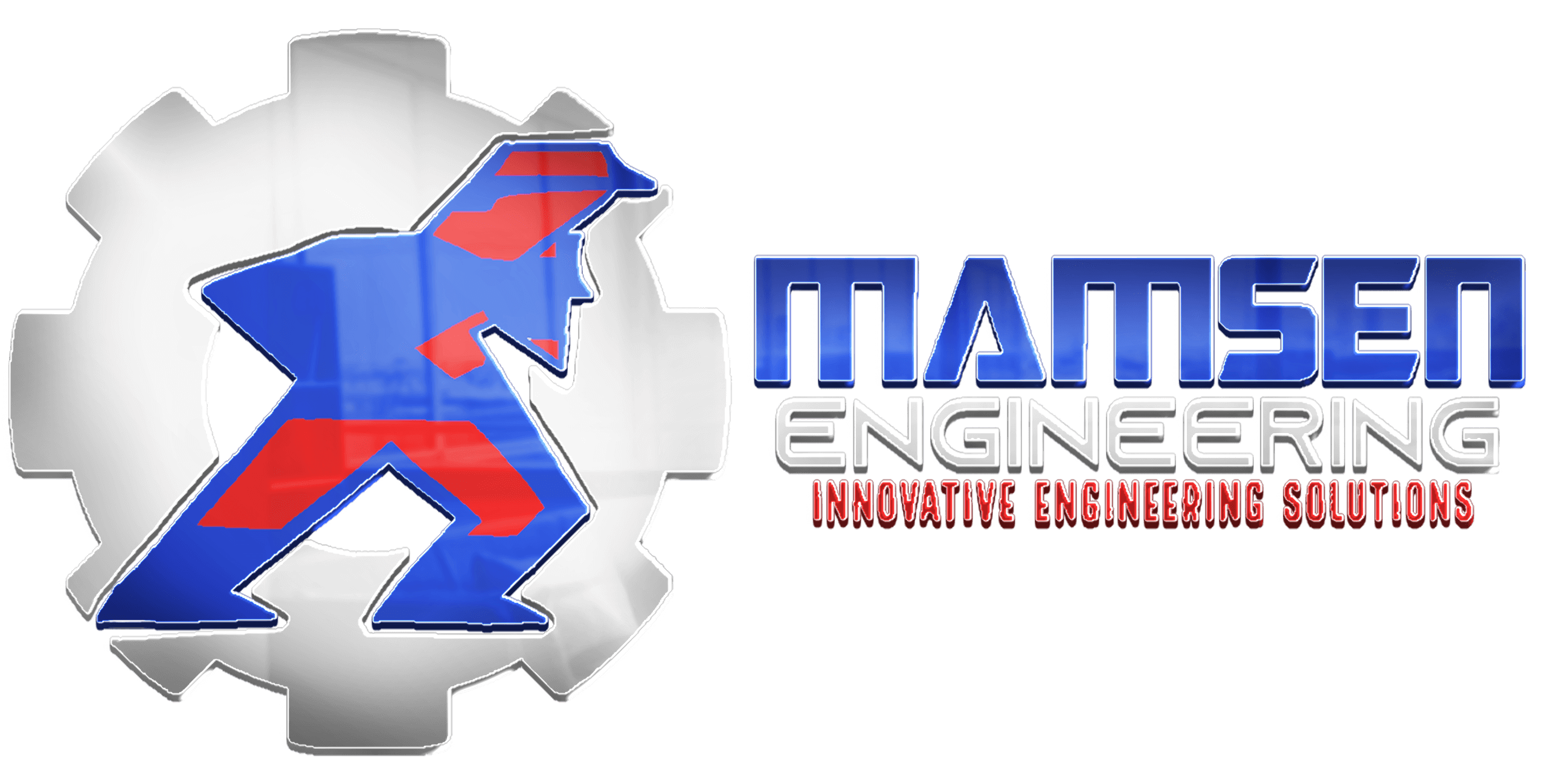Steel fabrication is more than just crafting metal; it’s an intricate dance of engineering, precision, and creativity. From humble raw materials to towering structures, the journey of steel through fabrication is a marvel of human ingenuity. Let’s dive into the fascinating process that transforms steel into the backbone of modern civilization.
The Genesis: Raw Materials
Every masterpiece begins with raw materials, and steel fabrication is no different. The primary ingredients – iron ore, coal, and limestone – are mined from the earth. Through a process called smelting, these raw materials are melted in a blast furnace to produce molten iron. This iron is then refined into steel through various methods, such as the basic oxygen process or electric arc furnace.
Shaping the Future: Design and Planning
Before the first spark flies, meticulous planning takes place. Engineers and designers collaborate to conceptualize structures that meet specific requirements. Computer-aided design (CAD) software translates these ideas into detailed blueprints, specifying dimensions, materials, and tolerances. Every aspect, from load-bearing capacity to aesthetic appeal, is meticulously considered to ensure the final product exceeds expectations.
Precision Cutting: Laser and Plasma Cutting
With blueprints in hand, the fabrication process kicks into high gear. One of the initial steps involves cutting steel sheets or plates to the required dimensions. Laser and plasma cutting technologies are commonly employed for their precision and efficiency. Powerful lasers or superheated plasma arcs slice through steel with remarkable accuracy, shaping it into the desired components with minimal waste.
Forming and Shaping: Bending and Rolling
Steel is highly malleable, allowing it to be shaped into a myriad of forms. Hydraulic press brakes are commonly used to bend steel plates with precision, creating angles and curves as per the design specifications. For cylindrical components like pipes or beams, rolling machines exert immense pressure to gradually shape the steel into the desired form, ensuring structural integrity and dimensional accuracy.
Joining Forces: Welding and Assembly
Welding is the cornerstone of steel fabrication, seamlessly joining individual components into cohesive structures. Skilled welders utilize various techniques, such as arc welding, MIG (Metal Inert Gas) welding, or TIG (Tungsten Inert Gas) welding, to fuse steel pieces together. The welding process demands precision and expertise to create strong, durable bonds that withstand the test of time. Once welded, components are meticulously assembled, ensuring each piece fits together flawlessly.
Finishing Touches: Surface Treatment and Coating
To enhance durability and aesthetics, steel undergoes surface treatment and coating processes. Abrasive blasting removes impurities and imperfections from the surface, preparing it for coatings. Various coatings, such as paint, powder coating, or galvanization, are applied to protect steel from corrosion, weathering, and wear. These finishing touches not only enhance the visual appeal but also prolong the lifespan of fabricated steel structures, ensuring they endure harsh environments with resilience.
The Grand Finale: Quality Assurance and Inspection
Before steel structures are deemed ready for deployment, rigorous quality assurance and inspection procedures are conducted. Skilled inspectors meticulously examine every weld, joint, and surface to ensure they meet stringent quality standards. Non-destructive testing techniques, such as ultrasonic testing or X-ray inspection, are employed to detect any defects or irregularities that may compromise structural integrity. Only after passing these stringent tests is the fabricated steel deemed ready for its intended purpose.
Conclusion: The Artistry of Steel Fabrication
Steel fabrication is not merely a technical process; it’s an art form that marries science with creativity. From the fiery depths of the blast furnace to the skilled hands of welders, every step in the fabrication journey showcases human innovation and craftsmanship. Whether it’s towering skyscrapers, intricate bridges, or robust industrial machinery, steel fabrication shapes the world around us, providing the backbone for progress and prosperity.


